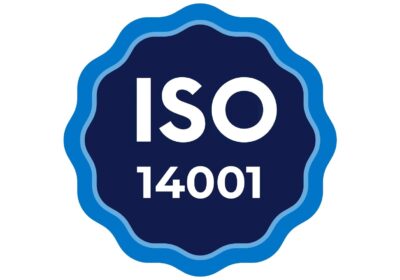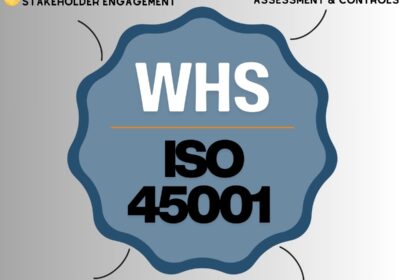Navigating the Cyber Threat Landscape: A Guide for Small and Medium-Sized Businesses

Navigating the Cyber Threat Landscape: A Guide for Small and Medium-Sized Businesses
Introduction:
In 2022/23 a cybersecurity incident was reported EVERY 6 MINUTES in Australia, and the average cost to small businesses was $46,000, and $97,000 for medium-sized businesses.
In today’s digital age, cybersecurity is not just a concern for large corporations but is equally critical for small and medium-sized enterprises (SMEs). With the evolving threat landscape, it’s essential for businesses in this category to stay aware of the latest trends and issues in cybersecurity to protect their assets, data, and reputation.
The Rising Importance of Cybersecurity for SMEs: SMEs are increasingly becoming targets for cybercriminals. Unlike larger organisations, SMEs often lack the resources and infrastructure to implement robust cybersecurity measures, making them more vulnerable to attacks. The consequences of a cyberattack can be devastating, ranging from financial losses to reputational damage and legal repercussions.
Current Trends in Cybersecurity:
-
Ransomware Attacks: Ransomware continues to be a significant threat, with attackers targeting SMEs due to their often weaker security defenses. These attacks can encrypt critical data, crippling business operations until a ransom is paid.
-
Phishing Scams: Phishing attacks, where fraudulent emails are sent to trick employees into revealing sensitive information, are becoming more sophisticated. SMEs must educate their employees to recognise and report such attempts.
-
Remote Work Vulnerabilities: With the rise of remote work, there’s an increased risk of security breaches. Businesses must secure remote connections and implement policies like the use of VPNs and multi-factor authentication.
-
IoT Security: The proliferation of Internet of Things (IoT) devices in business environments has opened new avenues for cyberattacks. Securing these devices is a growing concern for SMEs.
Key Issues Faced by SMEs in Cybersecurity:
-
Limited Budget and Resources: Many SMEs struggle with limited budgets for cybersecurity, making it challenging to implement comprehensive security measures.
-
Lack of Awareness and Training: Employees often lack the necessary training to identify and respond to cybersecurity threats, which can lead to inadvertent breaches.
-
Compliance and Regulatory Challenges: SMEs must navigate a complex landscape of data protection regulations, which can be overwhelming and costly.
-
Outdated Technology: Many SMEs operate with outdated technology and software, which can be easily exploited by cybercriminals.
Strategies for SMEs to Enhance Cybersecurity:
-
Invest in Employee Training: Regular training sessions on cybersecurity best practices can significantly reduce the risk of breaches.
-
Implement Basic Cyber Hygiene: This includes regular software updates, strong password policies, and basic network security measures.
-
Utilise Cloud Services: Cloud providers often offer robust security measures, which can be a cost-effective solution for SMEs.
-
Consider Outsourcing Security Needs: Partnering with cybersecurity firms can provide expertise and resources that SMEs might not have in-house.
Conclusion:
For small and medium-sized enterprises, the threat of cyberattacks is a reality that cannot be ignored. By staying informed about the latest trends and issues in cybersecurity and implementing strategic measures, SMEs can significantly reduce their risk and ensure a secure digital environment for their business operations.
Call to Action:
Protect your business today. Consider a cybersecurity audit and take the necessary steps to safeguard your digital assets.
Talk to us today about how we can assist your organisation – from cyber security audits to security awareness training for your workforce. Email info@auditco.com.au or call us on 1300 706 491
Related Posts

The Rising Cyber Threat Landscape: Why Proactive Cyber Assurance Is Now a Business Imperative
In the 2024-25 Annual Cuber Threat Report, Australia's cybersecurity landscape is described as the most volatile on…

ISO 14001 and Your Bottom Line – Environmental Compliance That Pays Off
ISO 14001 and Your Bottom Line - Environmental Compliance That Pays Off Environmental management …

Building a Safer Workplace – How ISO 45001 Strengthens Your WHS Program
Building a Safer Workplace – How ISO 45001 Strengthens Your WHS Program. Injuries,…
